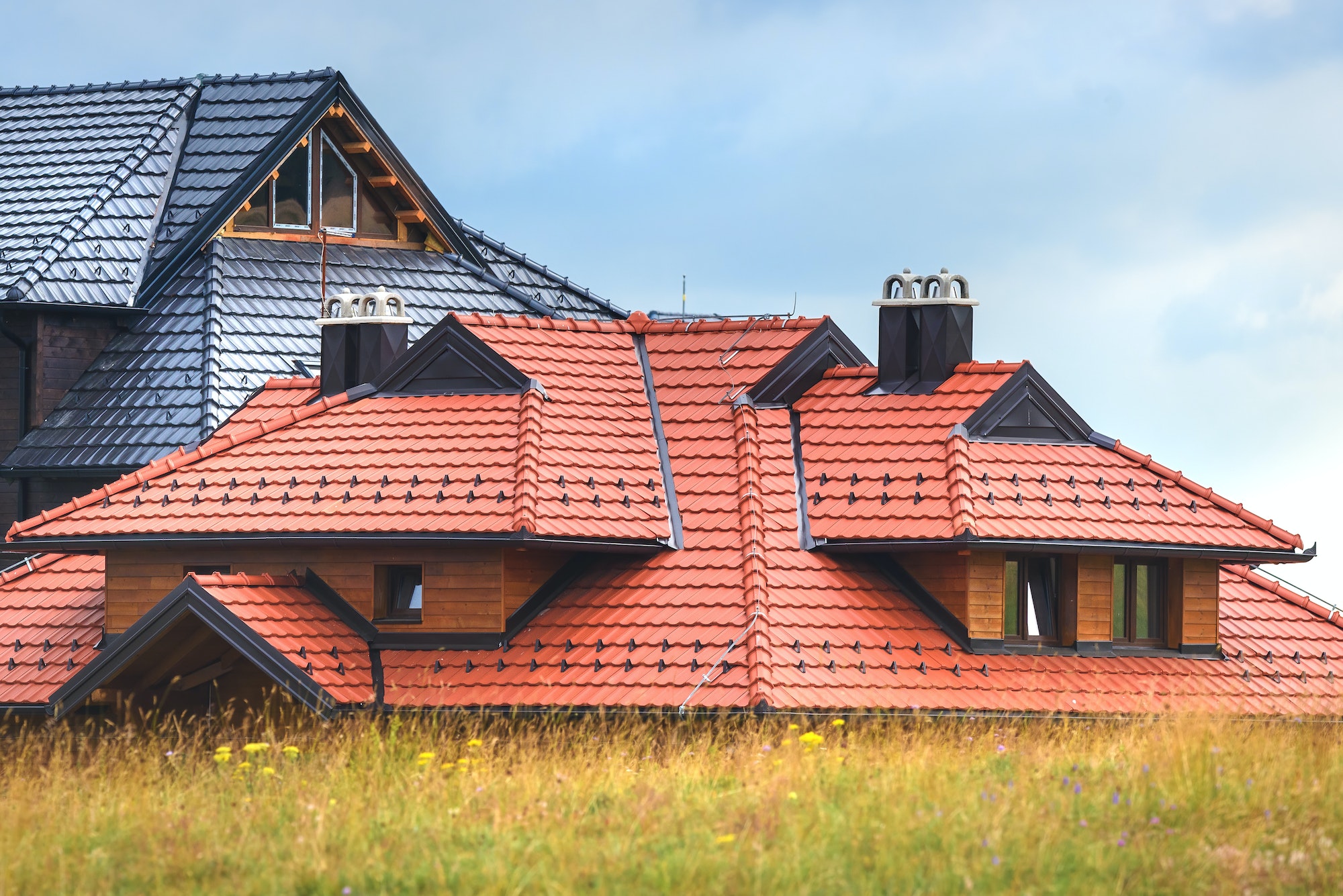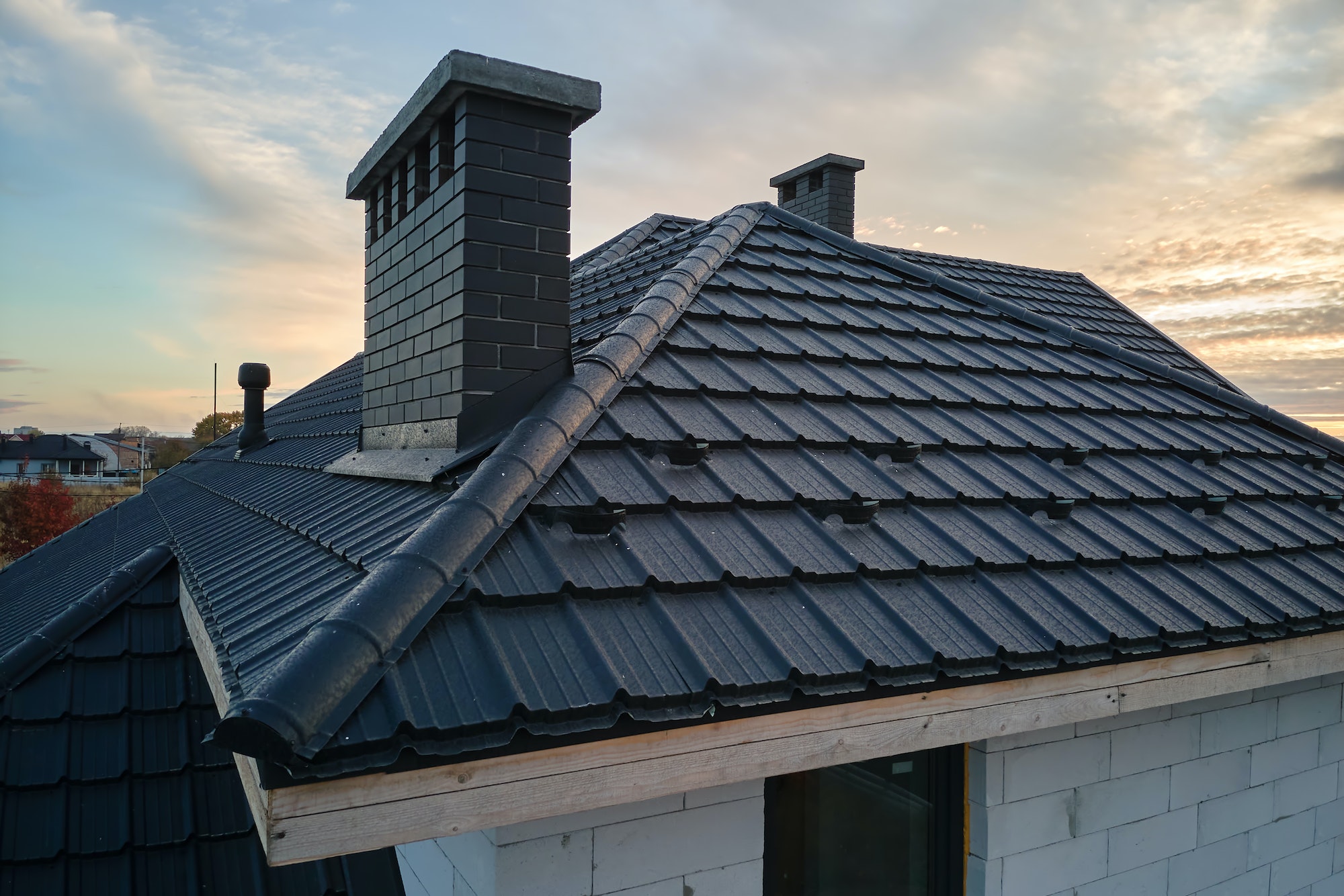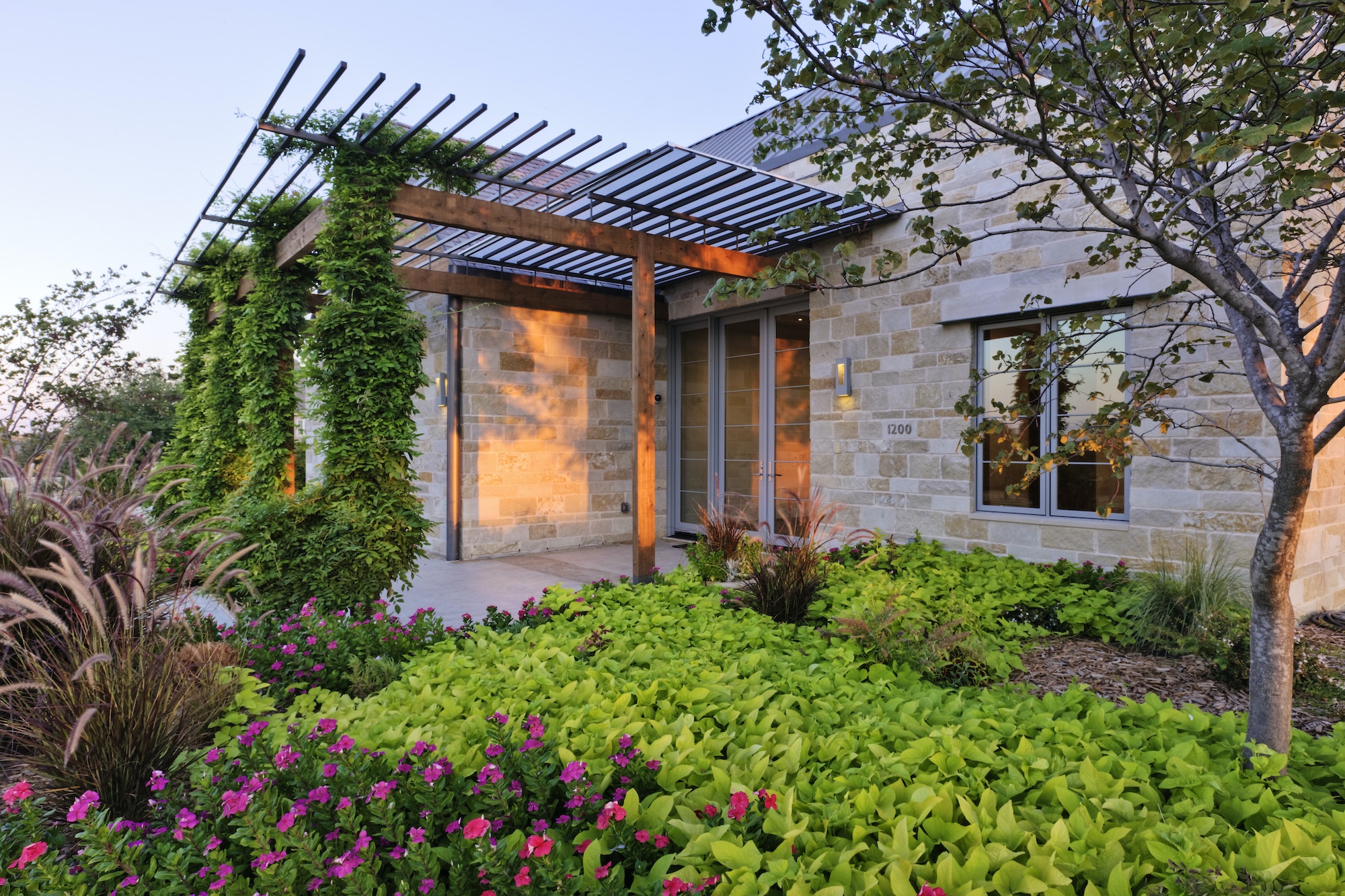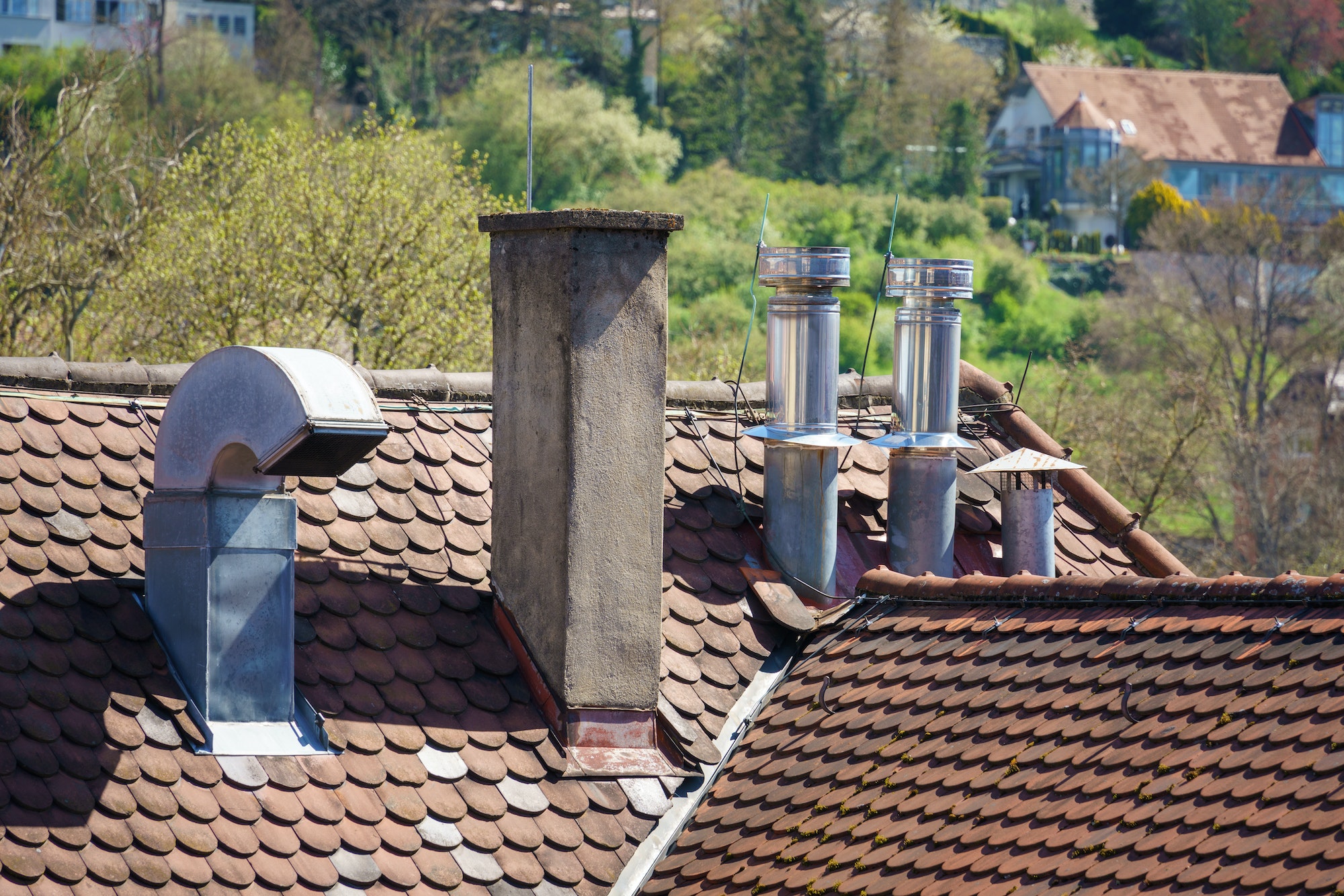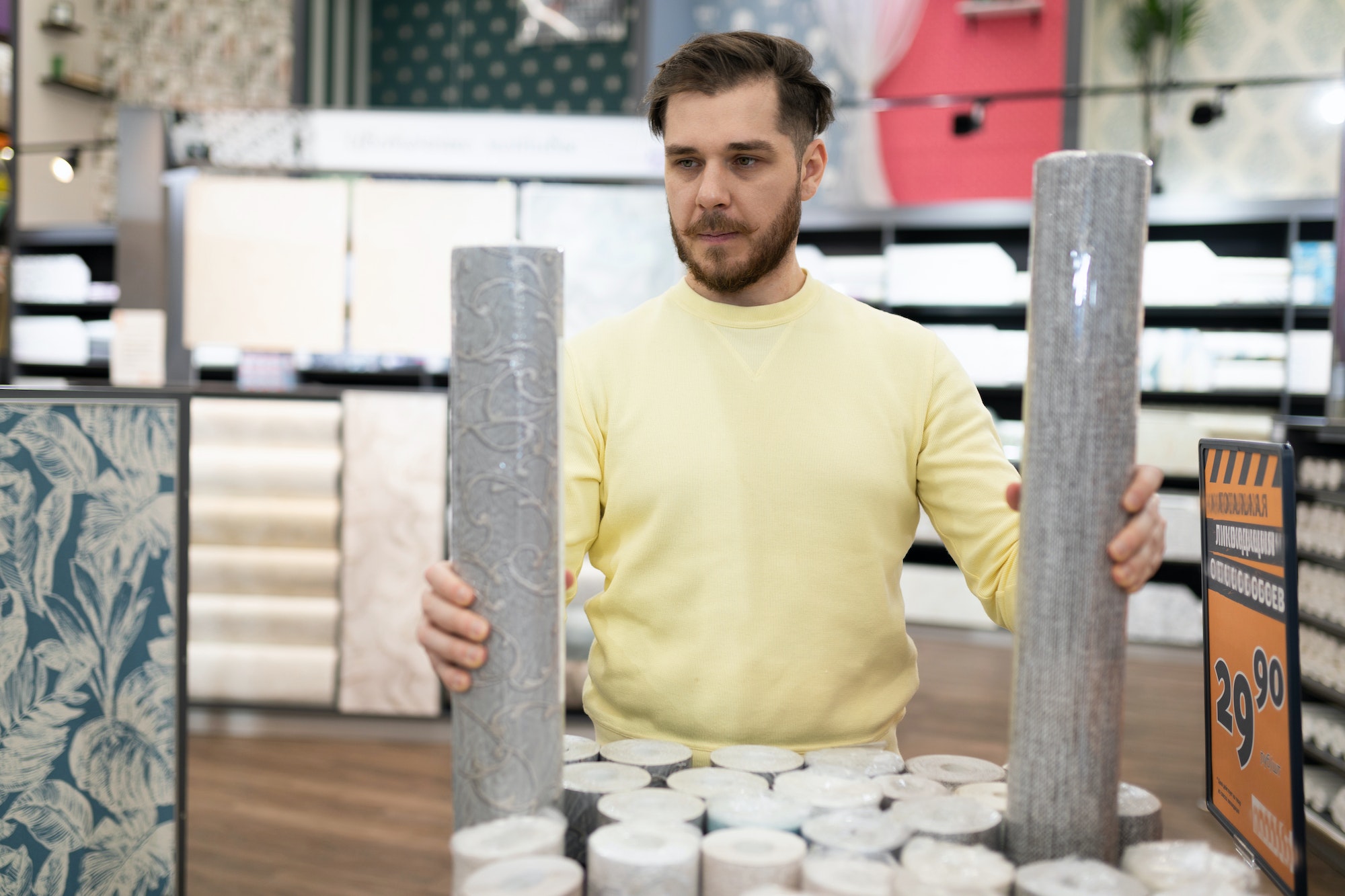Which Style Best Complements Your Home? Discover Stunning Roofing Designs to Elevate Your Home’s Aesthetics!
"*" indicates required fields
The roof is a crucial component of any home, offering protection from the weather and considerably adding to its overall appearance. Roofing designs come in many styles, materials, and shapes, each with unique charm and functionality. In this comprehensive guide, we will explore various roofing designs that can elevate your home’s curb appeal while ensuring its durability and longevity.
1. Gable Roof: Classic and Timeless Appeal
The gable roof is one of the most common and recognizable roofing designs, featuring two sloping sides that meet at a ridge. This design creates a triangular shape, adding a classic and timeless appeal to any home. Gable roofs are excellent for shedding water and snow, making them ideal for regions with heavy precipitation.
2. Hip Roof: Elegance with All-Around Protection
Hip roofs feature a gentle sloping down to the walls on all four sides. This design offers a more elegant and sophisticated look while providing better stability and wind resistance than gable roofs. The overhang of a hip roof also provides additional shade and protection for the walls, enhancing energy efficiency.
3. Mansard Roof: European Charm and Extra Living Space
The Mansard roof, popularized in the 17th century in France, features a double slope on all four sides. The lower slope is steeper, while the upper slope is nearly horizontal, creating an iconic look with European charm. The Mansard design also allows for adding usable living space in the attic, making it an excellent choice for homeowners seeking extra room.
4. Flat Roof: Modern Minimalism
Flat roofs are a hallmark of modern architecture, offering a clean and minimalist appearance. While they appear flat, they have a slight pitch to facilitate water drainage. Flat roofs are perfect for rooftop gardens, solar panel installations, and creating usable outdoor spaces.
5. Shed Roof: Unconventional and Contemporary
A shed roof is a roof with a solitary slope that slopes in one direction. It’s a simple and contemporary design that works well for modern homes and smaller structures like sheds and studios. Shed roofs often feature large windows on the high side, allowing ample natural light to flood the interior.
6. Gambrel Roof: Barn-Inspired Charm
The Gambrel roof design resembles a barn roof, featuring two distinct slopes on each side. The lower slope is steeper, while the upper slope is flatter. This design provides a rustic and charming look, adding character and a sense of history to your home.
7. Butterfly Roof: Striking and Eco-Friendly
The Butterfly roof design features two V-shaped slopes that meet in the middle, resembling a butterfly’s wings. This unconventional design makes a striking architectural statement and allows for rainwater collection, making it an eco-friendly choice for environmentally conscious homeowners.
8. Jerkinhead Roof: Unique Blend of Gable and Hip Roofs
The Jerkinhead roof, often called a clipped gable or half-hip roof, is a hybrid structure with features of both gable and hip roofs. The upper part of the roof features gable ends, while the lower part has hipped slopes. This design offers a unique and appealing look that suits various architectural styles.
9. Sawtooth Roof: Industrial Aesthetics and Natural Lighting
Although it can be modified for domestic usage, sawtooth roofs are frequently utilized in commercial and industrial structures. It features a series of ridges with vertical glass panes, providing ample natural light and excellent ventilation. This design showcases an industrial aesthetic while promoting energy efficiency through daylighting.
10. Domed Roof: Timeless Elegance and Grandeur
The domed roof design, also known as a cupola or onion dome, creates a sense of timeless elegance and grandeur. It is commonly associated with historic and religious buildings, adding a touch of sophistication and grace to your home.
11. Pyramid Roof: Symmetry and Balance
The pyramid roof design features four equal sloping sides that meet at a point on top. This design creates a pyramid-like shape, providing an excellent sense of symmetry and balance. Pyramid roofs are commonly found in small structures like gazebos and cabins, but they can also be used in larger homes to add a unique architectural element.
12. Saltbox Roof: Quaint and Charming
The Saltbox roof design is a variation of the gable roof, with one side significantly longer than the other. This asymmetrical design is quaint and charming, reminiscent of historic New England homes. The longer side provides added protection from the prevailing winds, making it suitable for regions with harsh weather conditions.
13. A-Frame Roof: Versatility and Space Efficiency
The A-Frame roof design resembles the letter “A,” featuring two sloping sides that meet at a point on top. This design is popular for cabins, cottages, and vacation homes due to its versatility and space efficiency. A-Frame roofs provide ample ceiling height, creating a sense of openness and making them perfect for lofts or additional living spaces.
14. Skillion Roof: Modern Elegance
The Skillion roof design features a single-sloped surface, also known as a mono-pitched or shed roof. This modern and minimalist design is favored in contemporary architecture and works well for homes with clean lines and sleek aesthetics. Skillion roofs are excellent for water runoff, and their simplicity complements modern materials like glass and metal.
15. Combination Roof: Blend of Various Designs
A combination roof is a customized design incorporating two or more roofing styles. This approach allows homeowners to take advantage of the unique features of different roof types to meet specific architectural needs. For instance, a combination of a gable and a hipped roof can create a more complex and visually appealing home exterior.
16. Barrel Roof: Curvaceous Elegance
The Barrel roof design features a continuous, curved slope that resembles the interior of a barrel. This distinctive design adds elegance and uniqueness to your home, making it a striking focal point. Barrel roofs are commonly used for entryways, porches, and extensions, creating a welcoming and visually impressive façade.
17. Flat Roof with Parapet: Concealed and Sleek
A variation of the flat roof, this design includes a parapet wall around the perimeter, hiding the roof from view and creating a sleek and modern look. Flat roofs with parapets are well-suited for urban environments and contemporary architectural styles, offering a clean and streamlined appearance.
18. Dome and Skylight Roof: Breathtaking Natural Lighting
A combination of a domed roof and skylights offers a breathtaking design that maximizes natural light in the interior. The dome allows for ample sunlight to enter the space, while skylights enhance the overall illumination and create a bright and inviting atmosphere.
19. Sloped Green Roof: Sustainability and Beauty
A sloped green roof blends the benefits of a sloped roof with the eco-friendly advantages of a green roof. This design incorporates vegetation and greenery, adding sustainability and beauty to your home. Sloped green roofs reduce stormwater runoff, provide insulation, and contribute to a healthier urban environment.
20. Pent Roof: Efficient and Versatile
A pent roof, also known as a lean-to or mono-pitched roof, features a single-sloped surface that leans against an existing wall. This design is often used for home additions, carports, or garden sheds, providing a simple and efficient solution to extend living spaces or create sheltered areas.
21. M-Shaped Roof: Perfect for Multi-Unit Structures
The M-shaped roof is ideal for multi-unit structures like townhouses or duplexes. It consists of two gable roofs facing each other, creating an M-shaped appearance. This design adds architectural interest to multi-unit buildings and gives each unit its distinct loo
22. Curved Roof: Artistic and Sculptural
A curved roof design creates a sense of artistry and sculptural elegance. The curvature can be gentle or dramatic, depending on the desired effect. Curved roofs are often used in modern and futuristic architecture to add visual interest and a sense of movement to the building’s silhouette.
23. Open Gable Roof: Aesthetic Appeal and Ventilation
An open gable roof is a variation of the standard gable roof, featuring exposed rafters at the peak. This design enhances the roof’s aesthetic appeal and offers additional ventilation, making it suitable for hot and humid climates.
24. Wave Roof: Fluid and Dynamic
The wave roof design features a continuous undulating shape, resembling ocean waves. This unique and dynamic design is sure to make a bold architectural statement, adding a sense of movement and energy to your home.
25. Folded Plate Roof: Angular Geometric Beauty
The folded plate roof design consists of angular planes that fold and intersect, creating a visually stunning geometric pattern. This design is commonly used in modern and contemporary architecture to add a sense of complexity and artistic flair.
FAQs:
1. What aspects should I take into account while picking a roofing style for my house?
When choosing a roofing design, consider the architectural style of your home, the local climate and weather conditions, the durability and lifespan of the materials, and your budget. Additionally, think about the desired aesthetics and whether the design complements the overall look of your property.
2. Are certain roofing designs better suited for specific climates?
Yes, certain roofing designs are better suited for specific climates. For example, steep-sloped roofs like gable or hip roofs are ideal for regions with heavy rainfall or snow, as they provide excellent water and snow-shedding capabilities. Flat or low-sloped roofs are more suitable for areas with milder climates and little precipitation.
3. Can I change the roofing design of my existing home?
In some cases, it may be possible to change the roofing design of an existing home through renovation or remodeling. However, significant changes to the roof’s structure may require the expertise of a professional architect or engineer to ensure structural integrity and compliance with building codes.
4. How do green roofs benefit the environment and homeowners?
Numerous environmental advantages of green roofs include reduced stormwater runoff, improved air quality, and wildlife habitat creation. For homeowners, green roofs can enhance energy efficiency by providing additional insulation, reducing heating and cooling costs, and adding a beautiful and eco-friendly element to the property.
5. Are unconventional roofing designs more expensive to build than traditional ones?
Unconventional roofing designs may involve more complex construction techniques and materials, which could lead to higher costs compared to traditional designs. The size of the roof, the materials selected, and the design complexity will all affect the ultimate price. To obtain precise pricing estimates for your chosen roofing design, it is imperative to speak with a qualified roofing contractor.
Conclusion:
Roofing designs play a significant role in defining the character and charm of your home. From classic and timeless styles to modern and unconventional designs, each roofing type offers its unique appeal and functionality. Consider factors such as architectural compatibility, climate suitability, and personal preferences when choosing the perfect roofing design for your home. Whether you opt for a traditional gable roof, an eco-friendly green roof, or an eye-catching domed roof, remember that the right design can elevate the aesthetics and functionality of your home, making it a truly remarkable and welcoming space for you and your family. Visit our website 180remodel.com to learn more.
"*" indicates required fields

